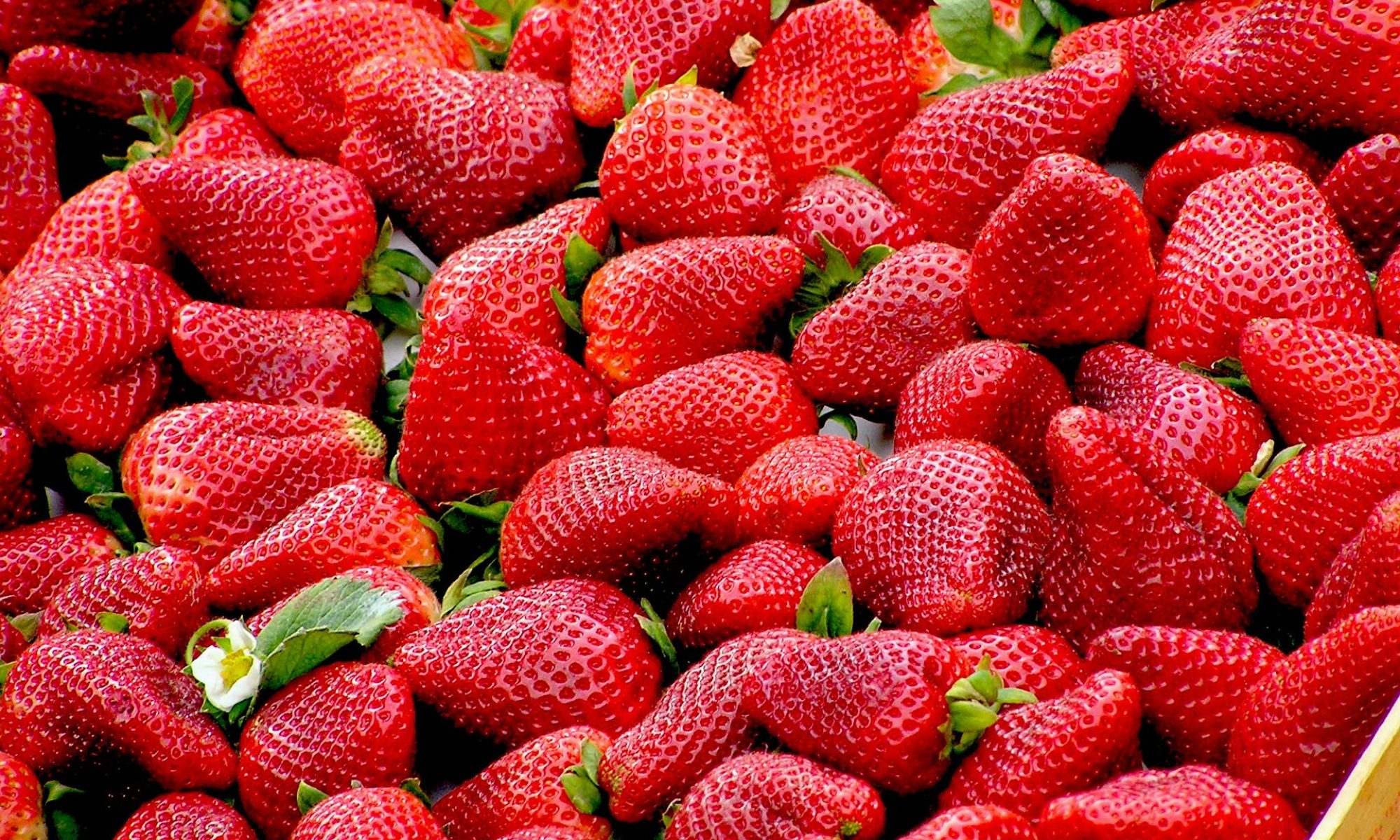Home > Guava fruit nutrition facts > Why some children suffer from allergy to peanut (groundnut)?
Peanut allergy is body’s immune response to proteins contained in peanut. It is not clearly understood why some children develop allergy while others don’t.
However it is quite clear that children with certain insidious innate or acquired risk factors develop allergy to peanut. Some children have intolerance to peanut and may develop mild symptoms like stomach ache and indigestion. There is no involvement of immune system and this is not considered as true allergy.

More than seven proteins in peanuts have been identified to be capable of triggering allergy in children. The reaction triggered by these proteins is an Immunoglobulin E (IgE)-mediated type I hypersensitivity.
Protein specific antibodies form and bind to basophils and mast cells at the high-affinity receptor sites. When the allergens penetrate mucosal barriers IgE present in cells and the allergens cross link.
As a result of this preformed allergy mediators undergo degranulation and subsequent cell activation. A variety of chemokines and cytokines are produced bringing in inflammatory cells and contributing to Immunoglobulin E (IgE)-mediated type I hypersensitivity reactions.
There is a general increase in prevalence of food hypersensitivity all over the world. The first reaction develops in children when they are 14-24 months of age and it usually occurs at home.
In hyper sensitized persons even one peanut (containing about 200 mg of protein) can initiate symptoms when ingested. For children with very high degree of sensitivity even traces of this nut can bring about violent reactions.
Mild peanut sensitivity reactions in children manifests as running nose, stuffy nose, watery eyes, sneezing, hives, itchy rash, eczema, stomach ache or swelling around the mouth and neck. Antihistamines give immediate relief in such situations.
Peanut allergy in children can be life threatening
Peanut allergy is known to give serious and life threatening reactions. Swelling in mouth, throat, asthma attack may be encountered which may progress to anaphylactic shock in children.

Anaphylactic shock in children involves hypotension of blood pressure, difficulty in breathing, choking feeling and loss of consciousness. Unless emergency measures like administration of epinephrine and hospitalization are resorted to, there can be loss of life.
Possible causes of peanut allergy
There is an opinion that roasting peanut increases the allergens in them. There is also a belief that pregnant women and nursing women when they eat nuts, pass on the allergens to their children making them hypersensitive.

Some believe that the present day hygiene and the resultant lower exposure to pathogens makes the learning process of our immune system aberrant and it mistakes certain food proteins as enemies. However there is no clear research evidence supporting the above views.
Peanut allergy diagnosis and treatment
Though it was earlier believed that peanut allergy is life long, yet it was found that 20% of the affected children outgrow it. As the nuts belongs to the legume family, other legumes like soy, peas and beans have similar proteins and they may also have potential to cause hypersensitivity in affected children.

There is obvious diagnosis of allergy when soon after eating peanut or its products, hypersensitivity reactions develop. But in many instances the reasons of allergy may not be clear for diagnosis.
Skin prick test and/or RAST test (radioallergosorbent test) are performed to find out if the patient is hypersensitive to peanut. These tests can be further confirmed by the elimination diet and food challenge test monitored carefully in the medical centers.
Research work is going on in genetically engineered peanuts having proteins that do not bind to IgE. Treatment with anti-IgE therapy is being attempted which may help in the log run.
Desensitizing affected children with trace doses of allergen has been successfully done. But the process is time consuming and the children have to make frequent visits to the health center.
Children having hypersensitivity to peanut must be advised to carry an epinephrine auto-injector. Further the children prone to allergy must be educated in the method of autoinjector usage. If the patient is young, parents/teachers/care takers must be trained in the use of epinephrine auto-injector.
As on date the only proven method to avoid peanut allergy in children is keeping them away from peanut products at homes, schools, restaurants and parties. At every occasion it is essential to find out the ingredients of food products before use by the prone children.
Products containing, peanut oil, butter, flour and also labels indicating possibility of contamination with peanut must not be used by children, who have allergy for peanut.
Popular topics in Nutrition, Health & Wellness:
Dental sensitivity – What causes sensitive teeth?
Newborns usually do not shed tears while crying
Pneumonia in children and infants
Coping with dry skin in winter
Pregnancy-related pelvic girdle pain
1.Image source: https://en.wikipedia.org/wiki/File:Hives_on_back.jpg
Image author: DLdoubleE
Image license: Public domain
2.Image source: https://en.wikipedia.org/wiki/File:9471Peanuts_snack_of_the_Philippines_06.jpg
Image author: Judgefloro
Image license: Public domain
3.Image source: https://en.wikipedia.org/wiki/File:Boiled_Groundnut.jpg
Image author: Thamizhpparithi Maari
Image license: https://creativecommons.org/licenses/by-sa/4.0/deed.en
4.Image source: https://en.wikipedia.org/wiki/File:PeanutButter.jpg
Image author: PiccoloNamek at English Wikipedia
Image license: https://creativecommons.org/licenses/by-sa/3.0/deed.en
Current topic in Nutrition, Health & Wellness: Peanut allergy in children.
